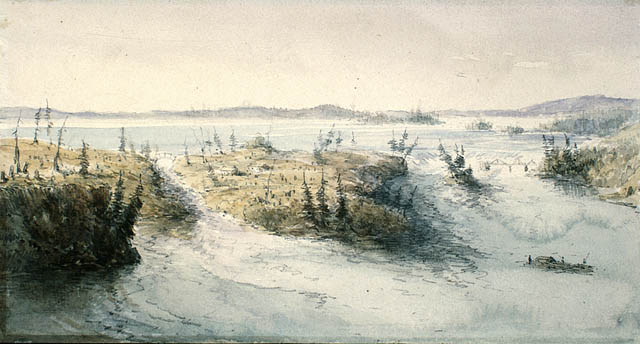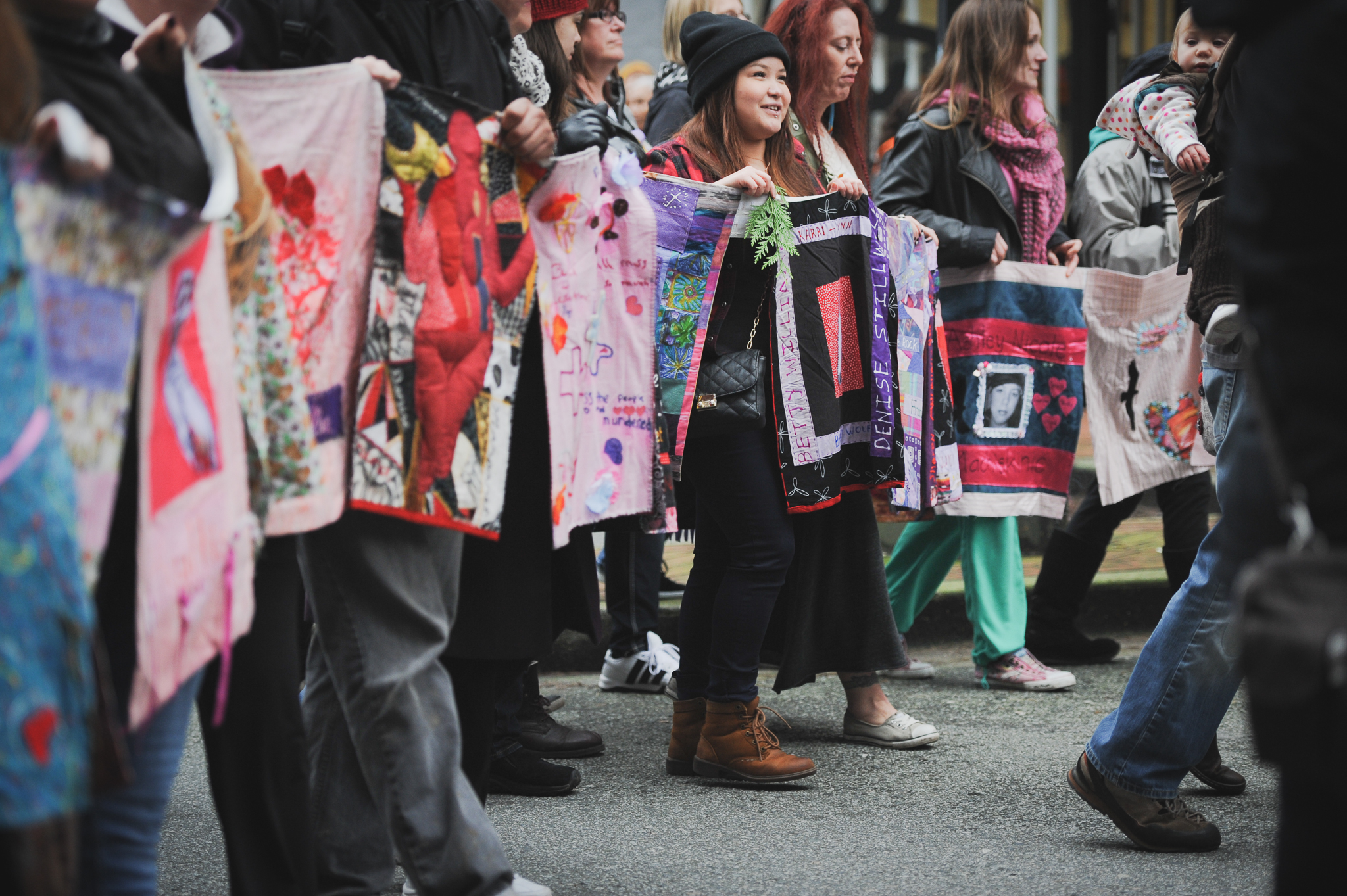Land acknowledgements, also known as territorial acknowledgements, are short statements that recognize both the land and the Indigenous people who lived — and in many situations continue to live — on the land prior to Canada’s colonial history. They offer a short story from the stand point of the Indigenous people who grew and evolved from the land. Since the 2015 release of the Truth and Reconciliation Commission’s final report, land acknowledgements have become ubiquitous. In Canada, they are now offered before events, are common place on institutional websites, and are often found in people’s public profiles, social media biographies, and email signatures. In line with their relative newness, land acknowledgements have been subject to much discussion and critique. However, Indigenous people are not asking for their demise. Rather, they are seeking to make them more personal, heartfelt, and historically accurate — namely, more meaningful. Some people are also suggesting that they provide greater practical value for Indigenous communities, for example, in the form of Canada meaningfully sharing the resources the land and water provide. More provocatively, some Indigenous people are advocating that Canada give them their land back.

People’s Relationship to the Land
"There is no greater thing we as peoples can do for our Mother Earth and for our children of the future than to preserve our rich heritage and relationship with this land."
- Robert Whiteduck, Chief of Algonquins of Pikwakanagan First Nation, 1998
Indigenous people believe that land is all that we are, where the relationship between the land and the cosmos — inclusive of the sky, sun and stars — is crucial in shaping who we become. Essentially, what we do on the land, and our relationship with it, is who we are. For this reason, honouring and remembering this relationship has always been an Indigenous tradition. Stryker Calvez and Rose Roberts, educators at the University of Saskatchewan, suggest that land acknowledgements are also an age-old tradition visitors followed as a way of recognizing Indigenous people and the land they live on.
Settler Canadians also value stories about the land. These narratives can be heard in the national anthem, for example, sung in schools and before events. For many generations, however, these stories have focused on the British and the French as Canada’s founding nations, omitting the original inhabitants.
Truth and Reconciliation Commission and Missing and Murdered Indigenous Women and Girls
In 2015, the Truth and Reconciliation Commission (TRC) tabled its report, complete with 94 calls to action. Though land acknowledgements are not specifically mentioned among the commission’s calls to action, in the months and years that followed the prime minister, parliamentarians, institutions and organizations began offering them as acts of reconciliation. For example, in a 2016 address to the Assembly of First Nations, Prime Minister Justin Trudeau offered: “Before I begin, I’d like to recognize the Algonquin Nation, on whose traditional territory we are gathering. We acknowledge them as the past, present and future caretakers of this land.”
In addition to the TRC, the National Inquiry into Missing and Murdered Indigenous Women and Girls also contributed to making land acknowledgments commonplace. The inquiry’s final report, tabled in 2019, included 231 calls for justice. Call 15.2 explicitly asks Canadians to, “Decolonize by learning the true history of Canada and Indigenous history in your local area. Learn about and celebrate Indigenous Peoples’ history, cultures, pride, and diversity, acknowledging the land you live on and its importance to local Indigenous communities, both historically and today.” Given this history and momentum, land acknowledgements are now a common fixture of the Canadian landscape.
Discussions, Regrets and Suggestions
Like all new cultural creations, land acknowledgements are subject to critique and discussion. These discussions include regret on the part of Hayden King, director of the Yellowhead Institute, for participating in authoring one for Toronto Metropolitan University. “I think I started to see how the territorial acknowledgement could become very superficial,” King said in a 2019 interview with Rosanna Deerchild, host of CBC Radio’s Unreserved. Similarly, in 2019 Ovide Mercredi, a former national chief of the Assembly of First Nations, told The Canadian Press, “Reconciliation requires more than just an expression. Now that you acknowledge this is our territory, what’s the next step...what are you prepared to do for us to become land owners — not landless in our homeland.”
Despite these critiques Indigenous people are not asking for the demise of land acknowledgements. Instead, they are asking for their evolution and improvement. They are asking Canadians to journey more deeply into embracing the occasion of creating a land acknowledgement as a teachable moment for themselves and their listeners. Ways in which Canadians can do this include learning the proper pronunciations of both the land and the people, and doing more historical research and analysis. In terms of historical research, land acknowledgements should address the complexities of overlapping claims to the same territory by distinct Indigenous nations, as well as the complexities of treaty relationships, if applicable. For example, land acknowledgments in the area covered by the Crawford Purchase, Rideau Purchase and Williams Treaty, which together cover much of eastern Ontario, could address the fact that much of these lands included Algonquin traditional territory, despite the Crown only making the purchases and the treaty with the Mississauga. Land acknowledgements can also speak to the trauma and genocide many Indigenous people have faced.
Focussing on Ottawa as the location, an example of a standard land acknowledgement might be, “Canada’s Parliament buildings are on unceded Algonquin territory.” By comparison, for Lynn Gehl, author of this article, a more heartfelt and personalized option could be: “Today, as they did pre-contact, the Algonquin live on both sides of the Kichisippi, or Ottawa River. Although they have a centuries long history of submitting petitions to the French and British, to this day they continue to be denied their land and land related rights.”
Further, Indigenous people are asking that the spirit of reconciliation inherent in land acknowledgments manifest in other practical and meaningful ways. For example, some people are advocating for compulsory courses in high schools and universities about Indigenous peoples — the very people and land these institutions are situated on and within. Others hope that, with increased awareness among its citizenry, the federal government will begin to return land to Indigenous peoples via the modern treaty process. As Claudette Commanda, an Algonquin from Kitigan Zibi, Quebec, noted to the CBC during a 2021 interview on the topic, “Are they ready to give us back our land?”

 Share on Facebook
Share on Facebook Share on X
Share on X Share by Email
Share by Email Share on Google Classroom
Share on Google Classroom



